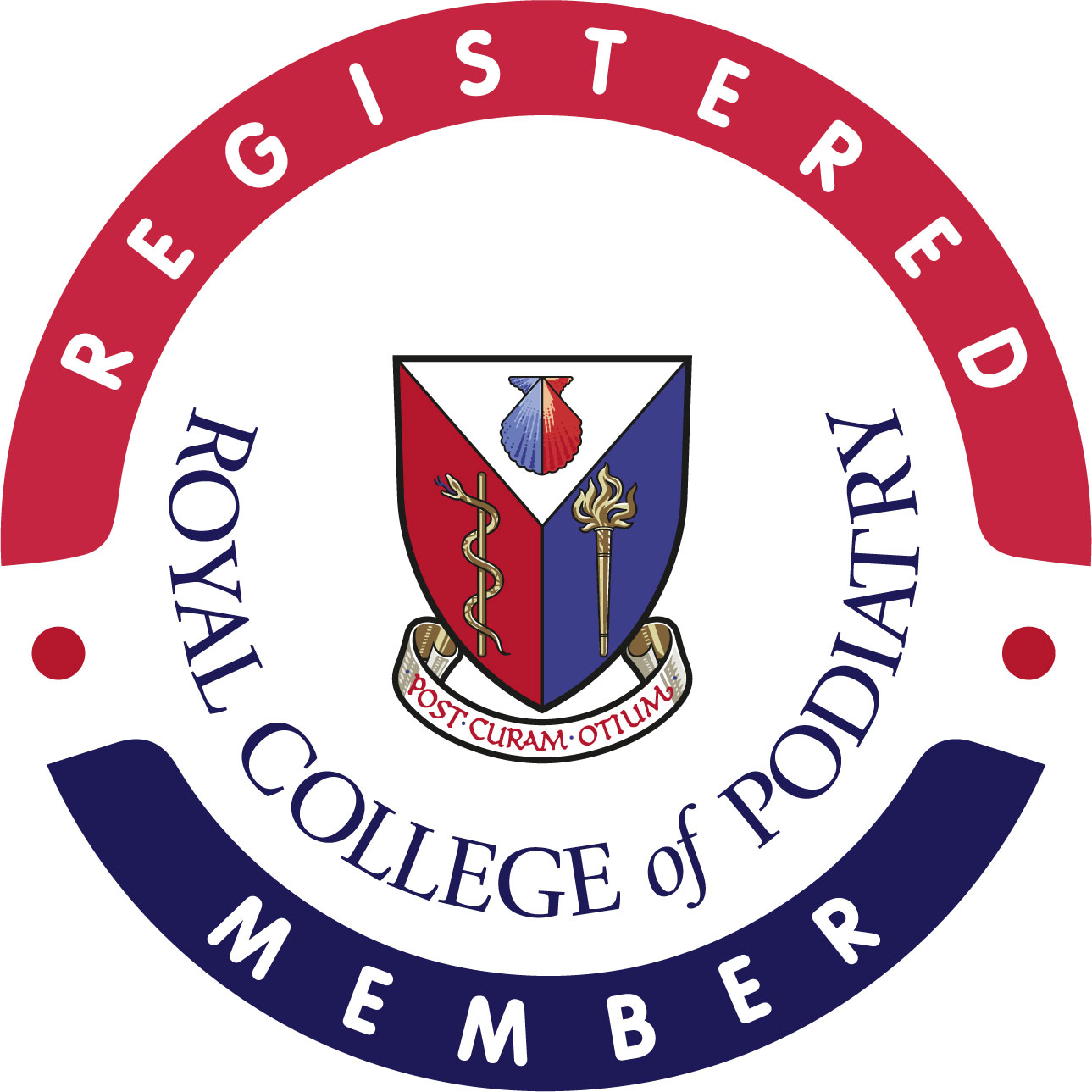Your circulation refers to how the blood vessels and veins transport blood around your body. The arteries are responsible for delivering oxygen from the heart to all the major organs, and the veins are responsible for pushing the deoxygenated blood back up to the heart. If there is a problem within your circulation, then there will be signs and symptoms that you should not ignore. Problems with your arteries will present as different symptoms compared to problems with your veins. Knowing when to act will prevent future breakdowns and ulcerations.
Most patients are aware that ankle swelling, and varicose veins, are usually a sign that the venous system is under pressure. However, there are many more signs that may appear earlier on the body and these should not be ignored. Brown discoloured thickened patches of skin, itchy and weak legs, and pain on standing which gets better when you raise your legs are all tell-tale signs that the venous system is under pressure and needs some help. If these signs and symptoms are left untreated then you are putting yourself at a much higher risk of developing an ulcer. Venous ulcers are much harder to treat so these should be avoided at all costs.
If there is a problem developing within your arteries, then a very early tell-tale sign will be that you will start to experience cramps when you start walking. It is not normal to have to stop a couple of minutes after walking due to a tightness and cramping sensation within the back of your legs. This type of pain is known as Intermittent Claudication and tells the Podiatrist that there may be a 60% reduction in the diameter of your blood vessels. This is a problem because it means that there is a reduced volume of blood going through the arteries which can result in tissue deterioration and breakdown. Addressing these issues early on means that you will avoid developing major problems in the future. Early intervention is often less invasive, and patients can recover quicker with less time off work.
At Podiatry Station, we can offer you a full vascular check-up of the foot. This involves taking a detailed history to determine if you have any risk factors, palpation of the 3 pulses within the foot, visual check of the quality of the skin, capillary refill test and temperature check. A doppler will also be used within your assessment. This machine allows the Podiatrist to hear the quality of the blood flowing through the arteries in a painless and easy manner. More importantly it produces data which can then be recorded within the notes so that you can see how the treatment is affecting your circulation.
If you feel that your circulation is compromised and may need further attention, then do not hesitate to book a consultation at Podiatry Station so a full assessment can be carried out as soon as possible.








